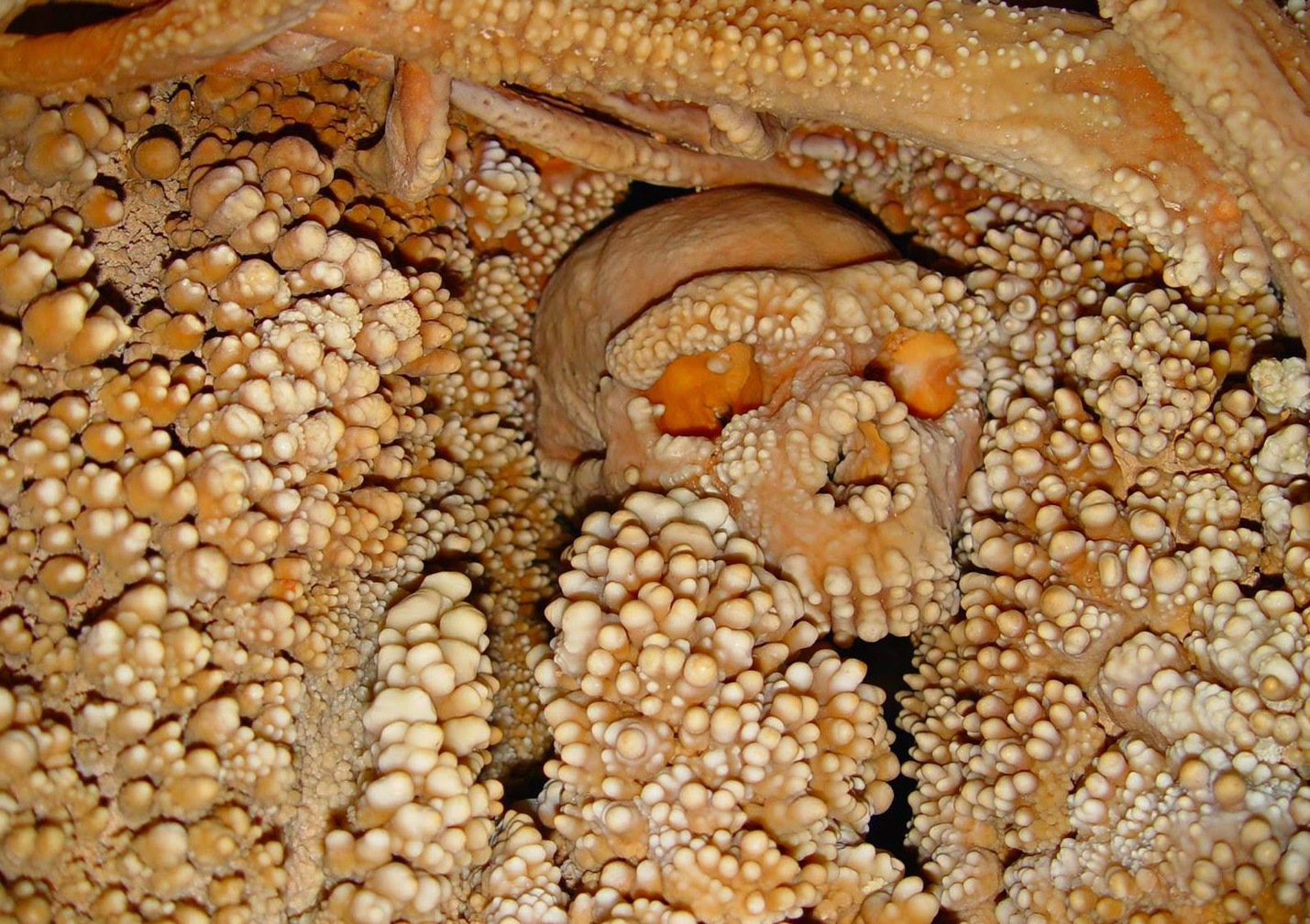Those are pearls that were his eyes:
Those are pearls that were his eyes:
Nothing of him that doth fade
But doth suffer a sea-change
Into something rich and strange.
The Neanderthal in the karst: First dating, morphometric, and paleogenetic data on the fossil skeleton from Altamura (Italy)
by Martina Laria, Fabio Di Vincenzob, Andrea Borsatoc, et al.
Journal of Human Evolution, 21 March 2015
doi:10.1016/j.jhevol.2015.02.007
In 1993, a fossil hominin skeleton was discovered in the karst caves of Lamalunga, near Altamura, in southern Italy. Despite the fact that this specimen represents one of the most extraordinary hominin specimens ever found in Europe, for the last two decades our knowledge of it has been based purely on the documented on-site observations. Recently, the retrieval from the cave of a fragment of bone (part of the right scapula) allowed the first dating of the individual, the quantitative analysis of a diagnostic morphological feature, and a preliminary paleogenetic characterization of this hominin skeleton from Altamura. Overall, the results concur in indicating that it belongs to the hypodigm of Homo neanderthalensis, with some phenetic peculiarities that appear consistent with a chronology ranging from 172 ± 15 ka to 130.1 ± 1.9 ka. Thus, the skeleton from Altamura represents the most ancient Neanderthal from which endogenous DNA has ever been extracted.

